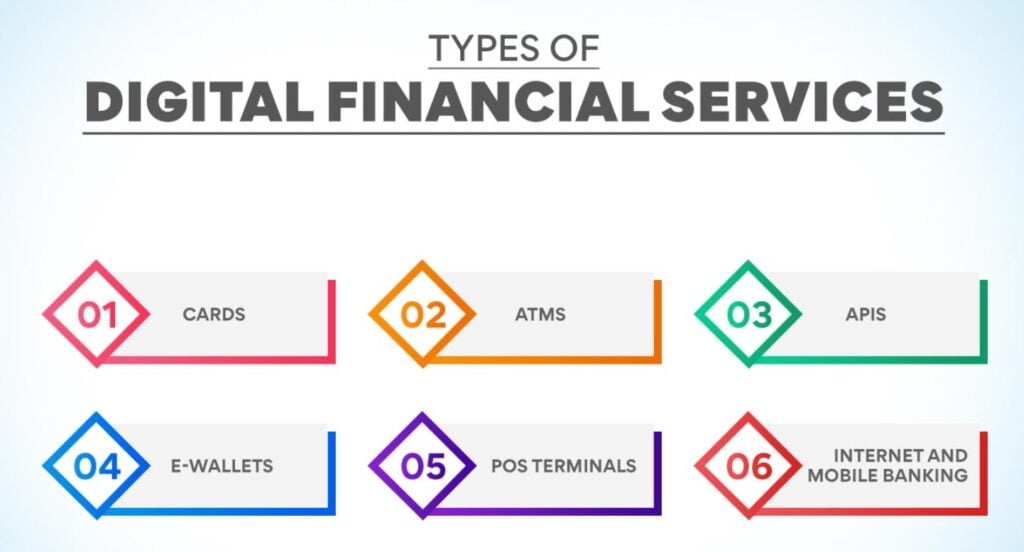Prepare for the NIELIT CCC computer course with comprehensive notes on digital financial tools and applications. Learn about OTP and QR codes, UPI, AEPS, USSD, credit/debit cards, eWallets, PoS systems, internet banking, NEFT, RTGS, IMPS, and online bill payment. Enhance your knowledge of various digital payment methods and understand the fundamentals of financial transactions in the digital era. Be well-equipped for the exam and gain a deeper understanding of digital finance.
Notes – Chapter 8: Digital Financial Tools and Applications
Digital Financial Tools:
Understanding OTP [One Time Password] and QR [Quick Response] Code:
- OTP (One Time Password) is a unique code sent to a user’s registered mobile number or email address for authentication during online transactions.
- QR (Quick Response) Code is a two-dimensional barcode that contains information and can be scanned using a smartphone or QR code reader.
UPI [Unified Payment Interface]:
- UPI (Unified Payment Interface) is a real-time payment system developed by the National Payments Corporation of India (NPCI).
- UPI enables users to link multiple bank accounts and make instant fund transfers, pay bills, and make online purchases using a single app.
AEPS [Aadhaar Enabled Payment System]:
- AEPS (Aadhaar Enabled Payment System) is a payment service that allows customers to use their Aadhaar number and biometric authentication for transactions.
- AEPS enables services like cash withdrawal, balance inquiry, and funds transfer using Aadhaar authentication.
USSD [Unstructured Supplementary Service Data]:
- USSD (Unstructured Supplementary Service Data) is a communication technology used by mobile service providers to offer menu-based services to mobile phone users.
- USSD can be used for mobile banking, checking account balance, or recharging mobile credit by dialing specific codes.
Card [Credit / Debit]:
- Credit and Debit cards are financial tools that allow users to make payments electronically.
- Credit cards enable users to borrow funds from the card issuer, while debit cards deduct funds directly from the user’s bank account.
eWallet:
- eWallet is a digital wallet that stores financial information, such as credit or debit card details, and allows users to make online payments securely.
- eWallets can also store loyalty cards, coupons, and other digital assets.
PoS [Point of Sale]:
- PoS (Point of Sale) refers to the location or device where a customer makes a payment for goods or services.
- PoS systems can be traditional card swipe machines or modern contactless payment terminals like NFC-enabled devices or QR code scanners.
Internet Banking
National Electronic Fund Transfer (NEFT):
- NEFT (National Electronic Fund Transfer) is an electronic payment system in India that facilitates interbank fund transfers in a deferred settlement mode.
- NEFT operates on a batch-wise settlement basis, with fixed time slots during which transactions are processed.
Real Time Gross Settlement (RTGS):
- RTGS (Real Time Gross Settlement) is a fund transfer system in India that facilitates instant and real-time interbank money transfers.
- RTGS transactions are processed individually and settled on a real-time basis.
Immediate Payment Service (IMPS):
- IMPS (Immediate Payment Service) is an instant interbank electronic funds transfer system in India.
- IMPS allows users to make 24/7 fund transfers through mobile phones, internet banking, ATMs, or designated agents.
Online Bill Payment:
- Online bill payment enables users to pay their utility bills, such as electricity, water, telephone, or internet bills, through digital platforms.
- Users can make payments using net banking, UPI, eWallets, or other digital payment methods.
Topic wise Notes for CCC Online Test
- Introduction to Computer Notes
- Introduction to Operating System Notes for CCC
- Word Processing Notes for NIELIT CCC Exam
- Spreadsheet Notes for CCC Test
- Presentation Notes including LibreOffice Impress for CCC
- Internet and WWW (Networking) Notes for CCC Exam
- Notes on E-mail, Social Networking, and e-Governance Services
- Future Skills & Cyber Security Notes for CCC Online Test
